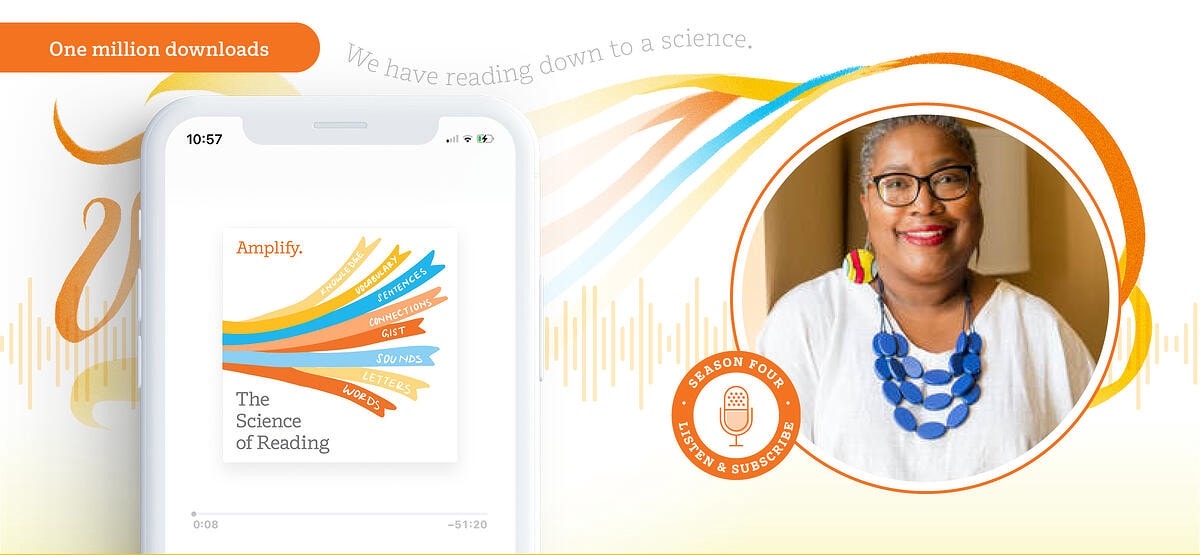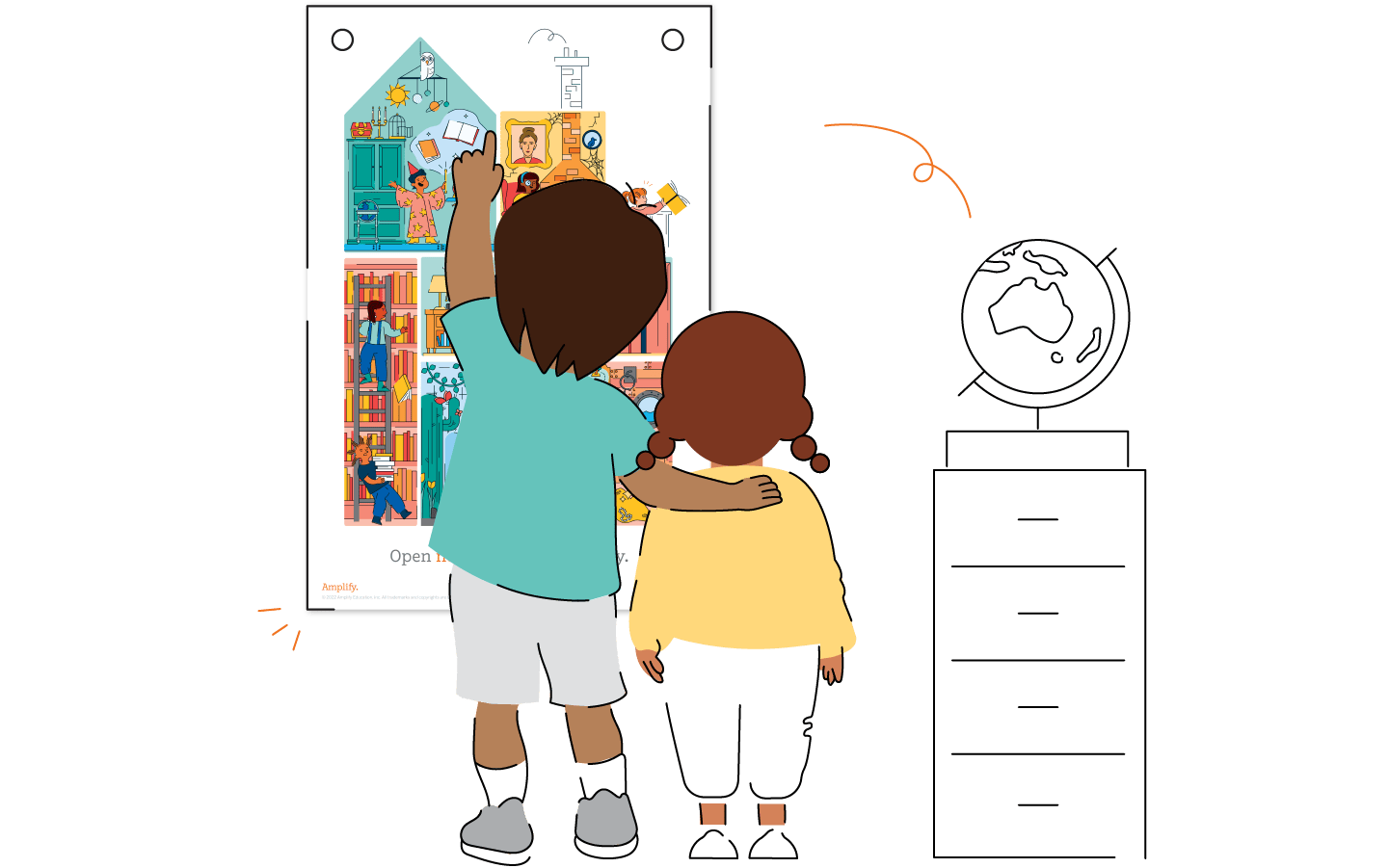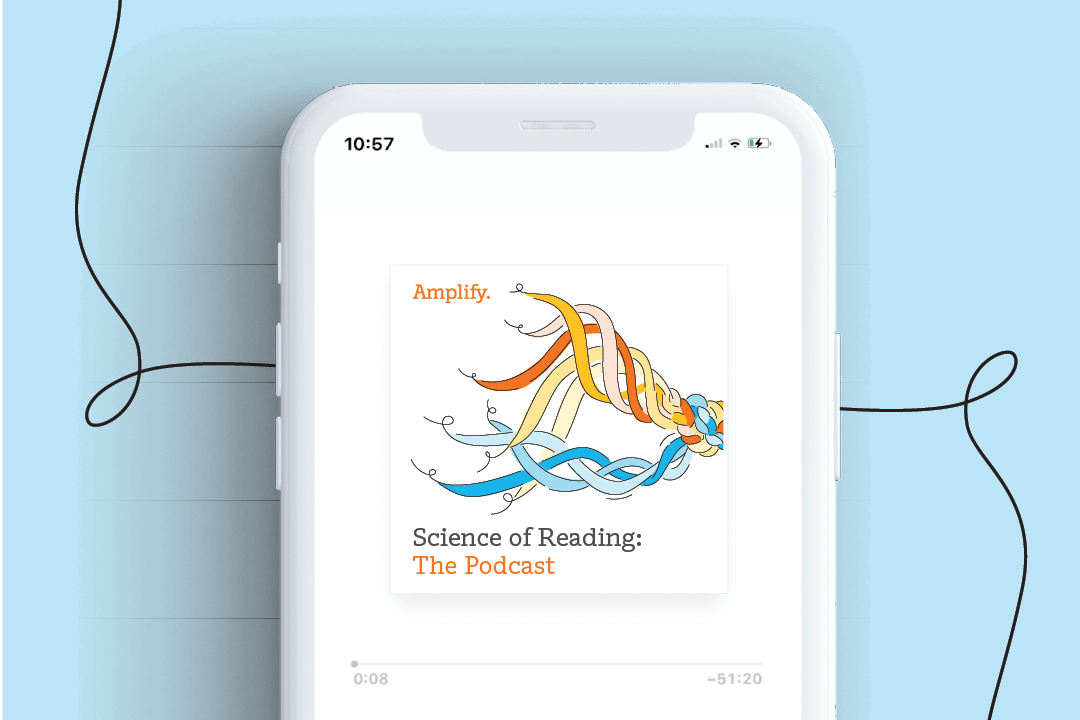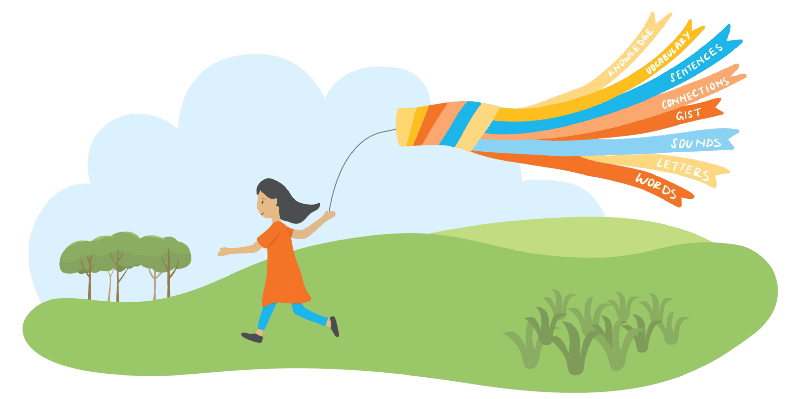
Teachers need to know about the language variety that their students are speaking.
—Dr. Julie Washington
Teachers need to know about the language variety that their students are speaking.
—Dr. Julie Washington
In this episode, Susan Lambert is joined by Dr. Julie Washington to discuss linguistic variety and dialects as difference, not error, and how to best support all students as they learn to read.
Dr. Washington—professor in the School of Education at the University of California, Irvine (UCI)and a speech-language pathologist—offers practical advice for educators teaching reading to children who don’t use general American English, and discusses how to do so in a way that respects students’ community languages and dialects. She reminds educators that students rise or fall to the expectations set for them, and encourages educators to remember that if they embrace language variety as something that needs to be understood and incorporated into developing successful readers, they will develop successful readers.



